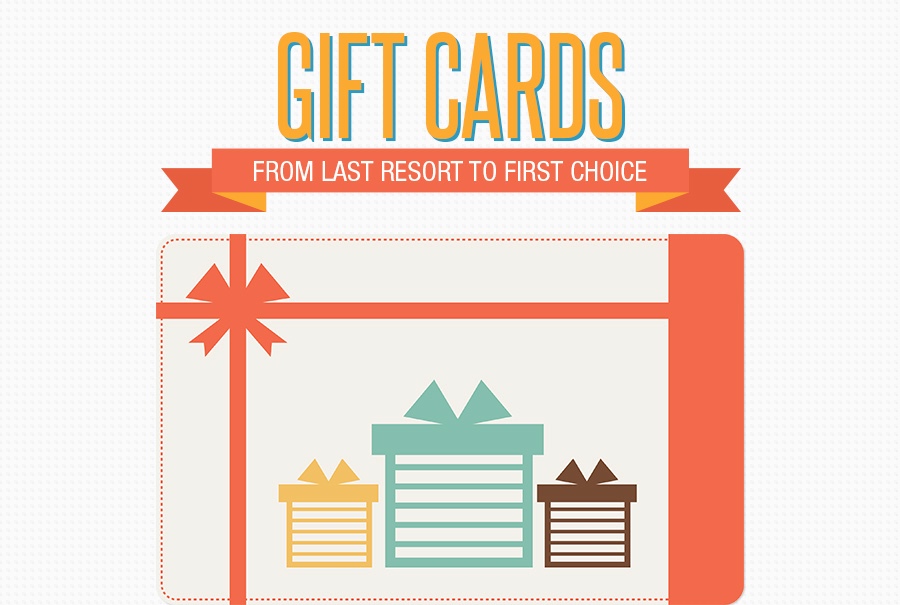Utilizing UV laser engraving, artists can boost glass art to brand-new heights. From deep engravings that develop a responsive experience to surface markings that are more refined, the resulting artwork can captivate and motivate.
To limit chipping throughout laser inscription, apply a slim coat of liquid recipe soap to the surface of your work surface. This will certainly help dissipate any kind of warm caused by the laser and protect against the etching surface from coming to be rough.
Clarity
Glass might look fragile, yet it's really a long-lasting product. You can find sanctuary windows constructed from glass that are over 500 years old. Glass is likewise extremely tough and can endure some hefty tons. It can also be solidified, that makes it stronger and more durable. This allows personalized glass to remain looking lovely and intact for a long time.
If you're displaying your personalized glass, it is recommended to place it on a quality stand or framework. This will make the glass look even more official and prominent. An additional choice is to make use of a light for your display. This will certainly illuminate your personalized glass, which can actually make it shimmer.
When inscribing glass, it is essential to put on heat-resistant gloves. The particles developed during the procedure is very hot and can create burns if you touch it. It is also a great concept to work in a well-ventilated location.
Representation
The contrasting structures of sandblasted and clear glass develop distinct aesthetic effects depending upon the source of light. When reflected light is guided from the side, darkness cast over the uneven surface of sandblasted glass, which can boost the regarded texture and include deepness to the design. When backlit, the sandblasted areas of glass are changed right into a diffused light panel, softly lighting the piece and highlighting its frozen areas.
Inscription is a form of decoration on glass using a tool to abrade the surface to leave a mark, from the very simplest diamond-point hand tools to complex machinery. It is a subset of glass art, along with etching and cut glass.
Until recently, creating engravings was a very labor-intensive and expensive process. The invention of first sandblasting and then laser engraving significantly lowered the cost of glass engraving, making it feasible to get extra tailored engraved items. It additionally permits the development of styles that might not be created with earlier methods.
Transparency
The crystal clarity of etched glass makes it a classy canvas for detailed layouts that offer both aesthetic and practical purposes. Whether it's for decorative art, honors, or personalized glass wares, the combination of beauty and function sets personalized glass in addition to various other creative tools.
Engraved glass is additionally lasting. It can be found in sanctuary home windows that have survived for more than 500 years. It is immune to one of the most rough wear and tear, making it a durable and functional option for commercial spaces or household homes.
The inscription process uses warmth to soften the glass and make it pliable enough for pattern inscribing. Depending upon the preferred design, the etching can generate text or pictures and can also give them depth for a 3D result. The contemporary laser engraving procedure can service the surface of the glass along with inside it. This permits more detailed photos than the conventional stipple process.
Shade
Engraved glass is a sort of ornamental glass with a three-dimensional pattern or picture. It is usually utilized to create personal privacy without blocking light and provides a sophisticated search for homes.
The earliest inscription technique entails incising the design right into glass with a turning copper wheel fed with abrasives. More contemporary methods consist of diamond scribing and stipple inscription. The latter jobs by touching a very hard, sharp point (normally tungsten carbide) onto the surface of a glass item to make tiny dots. By differing the density of the dots, various tones can be produced, from black engraved glass as conversation piece to white.
Lasers are the latest glass engraving modern technology. They use a concentrated beam of single light to heat the glass, which evaporates and cracks it. The laser's accuracy allows for in-depth designs, however it is important to utilize a jig or clamps to secure the glass to avoid activity that can result in imbalance. This is especially essential for glass that has been engraved or sandblasted.
